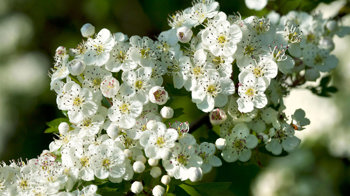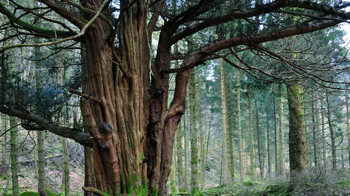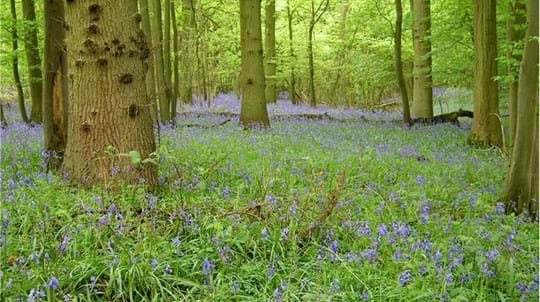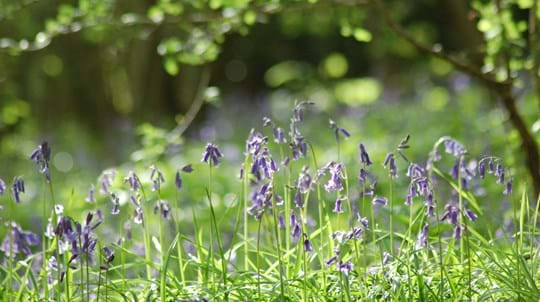
Hammond's Copse
Newdigate

Woodland Trust wood
29.64 ha (73.24 acres)
TQ212441
Explorer 146
OS Landranger 187
Situated in the Weald of Surrey, Hammond's Copse is one of several large coppice woodlands surviving in this area.
This tranquil and stunning ancient woodland offers a perfect place to stroll. Set out on an early morning walk in spring to be serenaded by the dawn chorus while you take in the magnificent display of bluebells. You may even spot a sparrowhawk!
Features
- Parking at site
- Public access
- Spring flowers
- Waymarked walk
How to get to Hammond's Copse
Hammond's Copse is surrounded by a varied local landscape of woodlands, agricultural activity, and prominent hedgerows in undulating countryside.
It is located approximately 2.4 kilometres (1.5 miles) north of the village of Newdigate, in the Mole Valley borough, which lies on the northern edge of the Surrey Low Weald.
Newdigate can be accessed via the A24. From Newdigate head northwest on Village Street towards Inglenook Yard. Continue onto Parkgate Road and turn left onto Broad Lane. Hammond's Copse will be on the right.
The closest railway stations are at Holmwood and Crawley.
Visit National Rail for more information.
The nearest bus stop is next to the Surrey Oaks pub on Parkgate Road, which joins the southern end of Broad Lane. It is a short 500-metre walk to the southern entrance of the wood. Please take care as there are no pavements next to this busy road.
Visit Traveline for more information.
The northern and northeastern entrances off Broad Lane both have wide horse gates, and five other entrances, which link to public rights of way, can be accessed via stiles.
Facilities and access
The main entrances off Broad Lane lead onto a rough stone public bridleway, which runs east to west, while other entrances link to unsurfaced public rights of way.
Railway sleeper boardwalks, bridges and culverts give access to the wetter areas of the site. Take care when conditions are wet and muddy.
Hammond's Copse has a car park with space for five cars, which can be accessed via the southern entrance off the residential street Broad Lane (what3words location ///home.flat.wisely).
There are no public toilets close by; the nearest public place is in Beare Green at the Esso petrol station. The Surrey Oaks pub also has a toilet for customers to use.
Wildlife and habitats
Hammond's Copse is an Ancient Semi-Natural Woodland that offers a mixture of coppice, woodland, stream banks and marshland areas and supports a variety of flora and fauna.
Animals
Take an early morning walk in spring and you’ll be serenaded by the dawn chorus in full swing, and visit the pond in the centre of the wood for a glimpse of dragonflies and waterfowl. Elusive newts also live here.
Other resident wildlife includes tawny owls, sparrowhawks, foxes and roe deer. If you are lucky, you may catch a glimpse of the large silver-washed fritillary and the delicately gliding white admiral butterfly.
Trees, plants and fungi
Hammond's Copse is scattered with gnarly old coppice stools of oak and hazel, as well as field maple, birch and hawthorn for you to discover. Look out for bramble in the understorey and bracken which is locally abundant in recently created clearings.
Add a bit of variety to your walk by heading to the stream banks, where you'll find some fine specimens of old yews and communities of aspen and alder.
In spring, you can admire the fantastic bluebell display and look out for other ancient woodland indicator species including dog’s mercury, wood anemone, common spotted orchid, devil's bit scabious, dog violet, primroses, century, stitchwort, torrentil and yellow archangel.
Habitats
Designated as a Site of Nature Conservation for its ancient semi-natural woodland, this site is dominated by oak and birch of all ages. There are marshy areas and a small watercourse runs through the site that has been partially blocked to create a valuable seasonal and centrally located pond.
Hammond's Copse has an elliptical saw pit and two fox holes (small military trenches).
History of Hammond's Copse
This 30-hectare (73-acre) wood was historically part of the Cudworth Manor in Newdigate. Its boundary and shape have remained unaltered for at least 200 years. To the east it is bounded by an impressive bank and ditch, which separated the parishes of Newdigate and Leigh. Look out the stubbed hornbeam and yew that grow on top of this earthwork, and for the internal banks that divide up the wood.
In the 1970s, 15 hectares (37 acres) of native broadleaved trees were felled to make way for fast-growing Scots and Corsican pine. Many of the conifers failed, leaving gaps that allowed sunlight to filter down to the woodland floor. These areas were recolonised and cut stumps took the opportunity to regrow.

Credit: Richard Gibbs / WTML
Ancient woodland restoration
Since purchasing the site in 1984, we’ve been undergoing a process of ancient woodland restoration; enabling native species to thrive by slowly removing the conifers. We have also restored neglected hazel coppice and widened rides as part of our conservation activities. Look out for oak standards, wildflowers and insects among the coppiced areas.
Things to do in Hammond's Copse
Whether you're walking your dog, bird watching or strolling along the woodland paths, Hammond's Copse is always open for you to enjoy the changing seasons of the countryside.
Feel free to explore the network of flat, well-maintained paths, which are popular with many locals and visitors from further afield. Please take care in winter and early spring as the site may be wet.
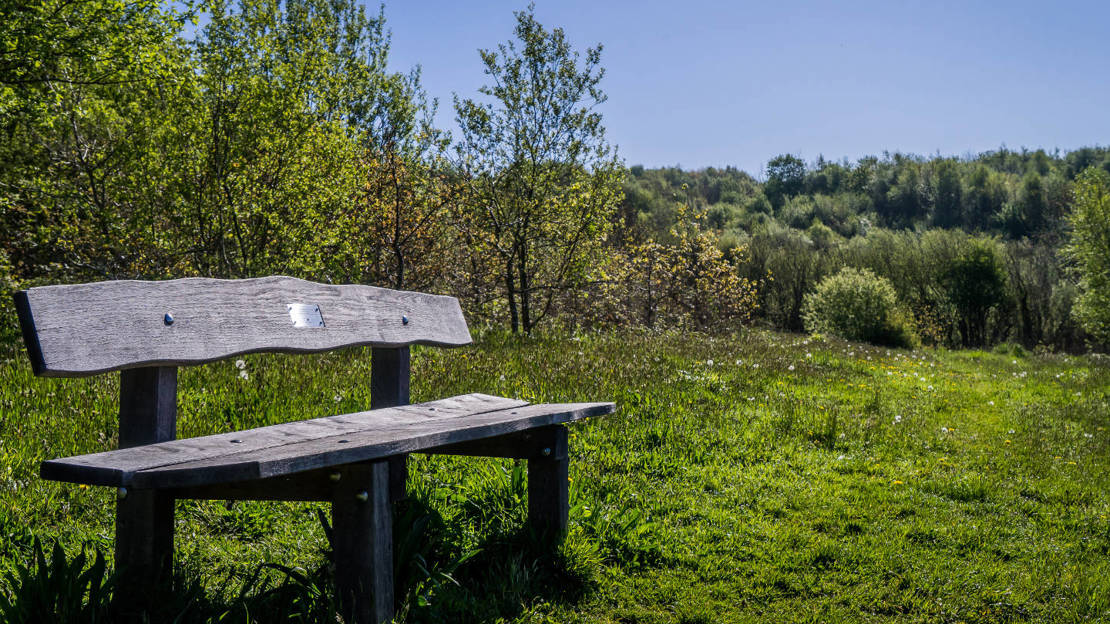
Dedicate at this wood
This wood is one of more than 50 across the UK where it's possible to dedicate trees, benches or larger areas of woodland. Mark a special occasion or celebrate the life of a loved one with a meaningful gesture that lasts.
Choose a dedication
















